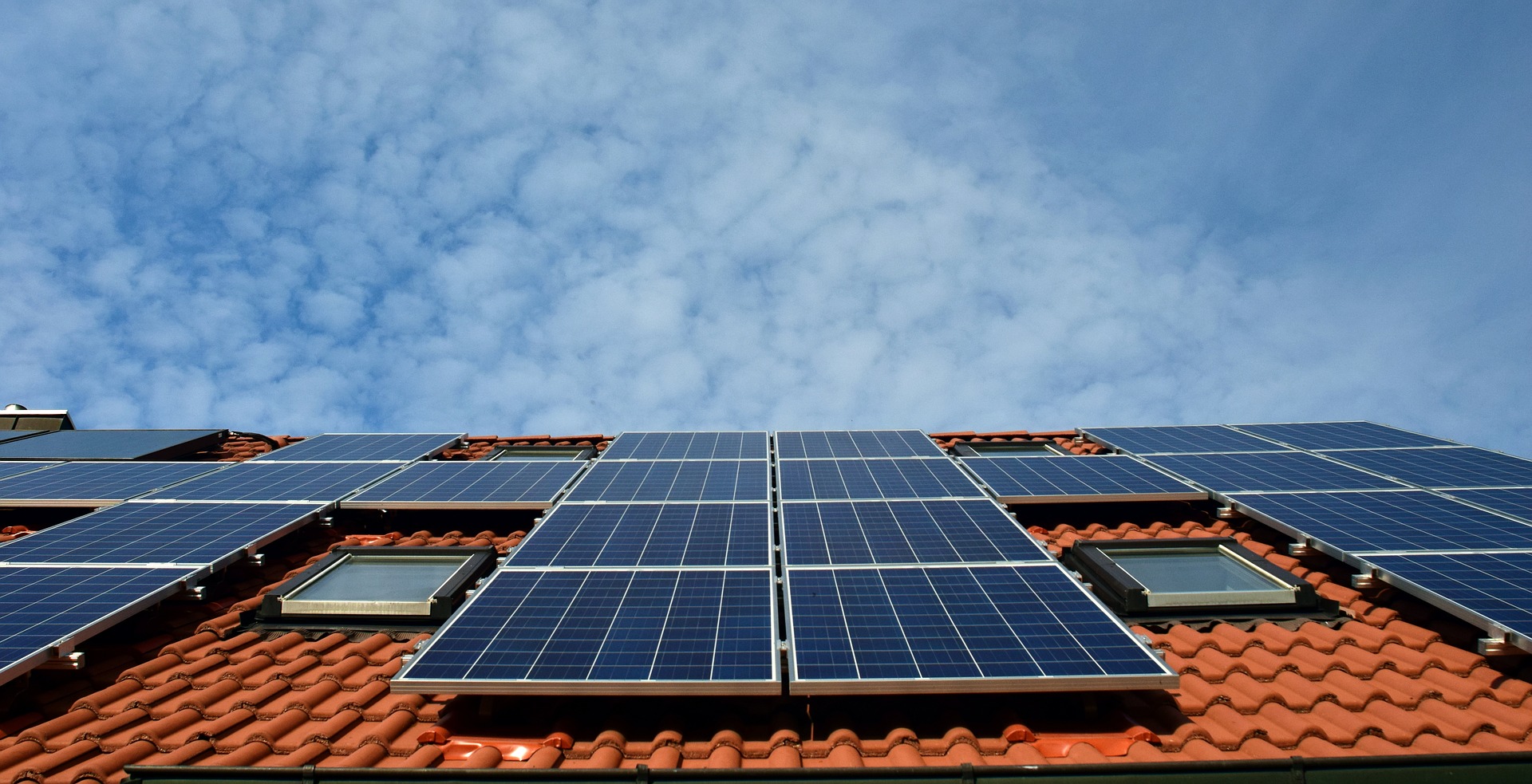New Standard to Monitor Building Sealing Performance
A new ASTM International standard is intended to help manufacturers and regulators better understand how building sealants change after they have been compressed or stretched. The new standard (C1815) helps quantify the behavior of sealants as they are stressed and compressed over time. It will allow for predictive analysis of various sealant materials.
“Sealant will fail when the internal stress is greater than the tear strength,” says Christopher White, a research chemist at the U.S. National Institute of Standards and Technology. “This standard allows the community to start to understand and quantify the time-dependent response of the sealant.”
The new standard will be used by manufacturers to measure the residual stress in various sealant formulations. Regulators will use the standard to modify existing sealant standards to more realistically incorporate sealant compression behavior.
Many New York City Landlords Have Not Addressed New Flood Codes
After Superstorm Sandy, New York City revised its building codes in 2013 to make buildings more resilient to flooding. But landlords of most buildings in the flood plain have not been required to meet these flood-prevention standards, and many structures remain vulnerable to similar weather events.
The new requirements include raising structures above flood elevation or flood-proofing buildings below that point, and ensuring that residents on higher floors can access potable water if electric water pumps fail. So far, just 549 structures have hit the substantial alteration threshold when renovations amount to at least 50% of the building value—a trigger requiring the owner to adhere to the new code. To date, 1,131 new buildings have been constructed in the flood plain that abide by the new code.
According to the city, 75,786 other buildings constructed in the flood plain before 2013 have not completed a flood resilience retrofit. Some, though, have been prompted by their insurance providers to lift generators and boilers onto higher floors and harden their infrastructure. This work, however, may not be as comprehensive as fully abiding by the new code.
Flammability Study Suggests PVC Flooring and Nylon Carpeting are Unsafe
A European study of the flammability of some building materials calls into question popular floor finishes. According to the findings, fast mass loss and resulting toxic emissions of phthalates and dioxin make PVC a risky flooring material.
The high flammability of nylon (polyamide) carpets makes their use dicey, as well. Wooden based floorings such as oak parquet, spruce board, OSB boards, linoleum, and laminate floorings are better choices the study concluded.
2017 Storms Underline Need for Resilient Home Design
While improved codes helped save many U.S. homes in the path of 2017’s major hurricanes, there is a good case to be made for even more resilient designs. Resilient design provides for a more robust building philosophy that could further reduce storm damage and limit homeowner displacement.
Some resilient principles are simple. For example, using fiber glass or mineral wool instead of cellulose insulation can reduce the chances of mold occurring after a flood. Optimizing building orientation or positioning more of the windows on the south facade rather than the east or west in some locations may reduce the chances of debris striking glass during high winds.
PV Trade Dispute Could Backfire on U.S. Solar Industry
America’s biggest solar panel manufacturer Suniva filed a petition with the U.S. International Trade Commission earlier this year alleging that foreign competitors have been selling products below market rates in the U.S. to gain market share. The Solar Energy Industries Association contends that if the commission imposes tariffs to protect U.S. manufacturers, the resulting price increase for solar panels will drive up the cost of solar installation jobs. That in turn would reduce demand for solar projects.
The trade group says other measures could support investment in domestic solar manufacturing without dampening demand for new solar installations. These actions include:
- Tiered investment tax credit for domestic manufacturers
- Expanded federal targets for renewable energy procurement
- Loan support or subsidies for the solar supply chain
- Encouragement of competitive advantages in materials quality and efficiency to differentiate domestic market from foreign markets
- Integration of manufacturing firms and installation/service firms to provide internal cost-reductions
- Assistance for technology and workforce development













